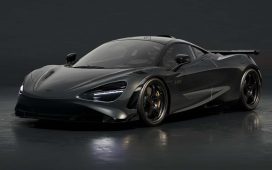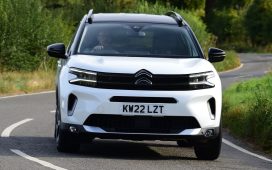I’m intrigued by James Attwood’s recent drive of the Audi Q8 E-tron Edition Dakar.
It’s a car that at once could be easily dismissed as an expensive folly: only a few will be a few made, it costs some £20,000 more than a regular Q8 E-tron and Audi will charge you another £8600 for a wrap that looks like its Dakar Rally raider, just to ensure that you won’t want to be seen in it.
Yet at the same time, it feels to me like a relevant, early and still-rare foray into electric off-roading, which is a thing that one day will have to become not extraordinary.
And in the way that, say, the multifaceted Hyundai Ioniq 5 N can change what we expect from performance cars, so an electric 4×4 could redefine what we expect from off-roaders.
It won’t just attempt to replicate what an internal-combustion 4×4 can do now but rewrite the book on it.
Jaguar, for example, never pitched the I-Pace as an off-roader, yet on its launch in 2018 it took us not only to a race track to sample how well it could rotate into corners but also up stupidly steep gravel tracks, through riverbeds and more.
The I-Pace has a little-publicised wade depth of 500mm, which people don’t routinely set out to challenge.
But, of course, not needing oxygen for hundreds of explosions every minute, the right electric car could theoretically wade as deep as it wanted. Just pack scuba gear for the occupants.
There’s more: as Attwood notes, the Edition Dakar has no more underbody cladding than any other Q8 E-tron.
Partly that’s because it’s not a serious rock-crawler but also partly because EVs already have heavy armour for their batteries and have fewer spinning or delicate ancillaries that need it.
Finally, and most importantly for going off road, there’s the power delivery. The way an engine delivers its power is largely governed by the way it’s designed.
For instance, big adventure or scrambling motorcycles have large-capacity, few-cylinder engines because they make good amounts of torque but also because the uneven, pulsing power delivery can help a tyre find better traction than a smoother torque delivery.
An EV can deliver torque to wherever it wants, whenever it wants, entirely how it wants.









